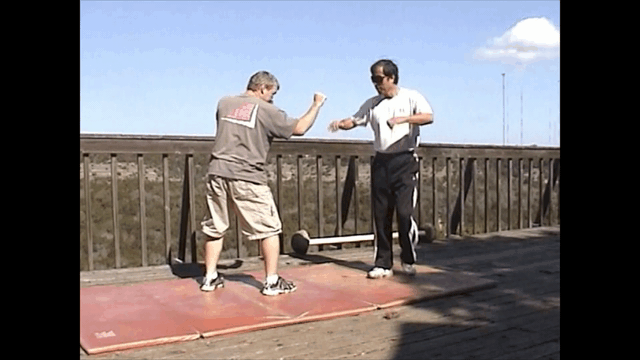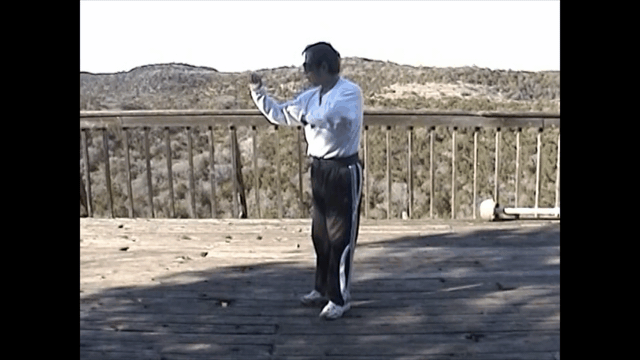You know history of Karate much better than I do, so I can't argue on hitsory, I also doubt there where competitions in old days, neither in fighting nor in KATA. But I don't share the idea today that the essence lies only in forms.
For me the essence is that MA is a "combat/selfdefence/fighting system", with different constructing principles. About selfdefense vs combat; usually the idealized view of "selfdefense" is that you defend against ONE attack at a time, say one strike, one kick. But if you get attacked, and ONLY focus on defensive techniques, you probably fail to evade at some point, so effective defense must contains some offensive strategies as well. Or at least, I think so. Sure, if you best friend attacks you when drunk, you probably want to focus ONLY on evading, and hope that he stops or passs out himeself at some point. But in other situations, this probably does not work. The attacker needs to be floored.
Kihon and kata are, as we are taught also in our kyokushing curriculum, are the alphabet and sequences; which I agree encodes ALOT of good stuff! BUT but make this FLUENT, one needs to do put all these thinks, taught from kihon and kata, into free kumite/fighting.
And free is a key here, not the pretedermined say sanbon kumite, where you know more or less which of a few options that is going to happen. The free fighting trains timing and realtime application of reflexes and improvisations and feints, where it's not a 3-step sequence, but a continous unknown sequences ot attack and defense for a few minutes.
Dojo kumite is not a sport per see, only a few compete (sports), but those that don't aren't less serious. Also with KATA, some compete (sports), some do not.
So for me sparring does not equal sports! I do not like MA as a "sport" myself. But only doing kata without ever getting to feel full contact fighting, is like cooking without getting to taste the food!


